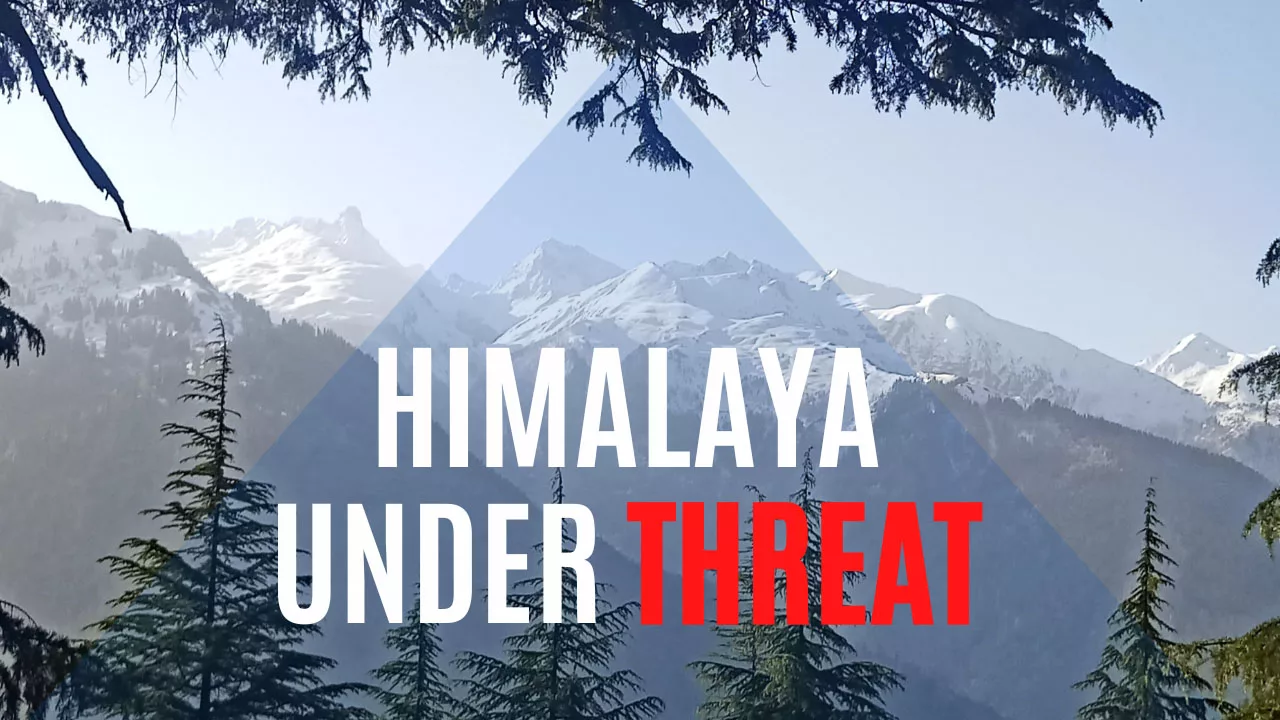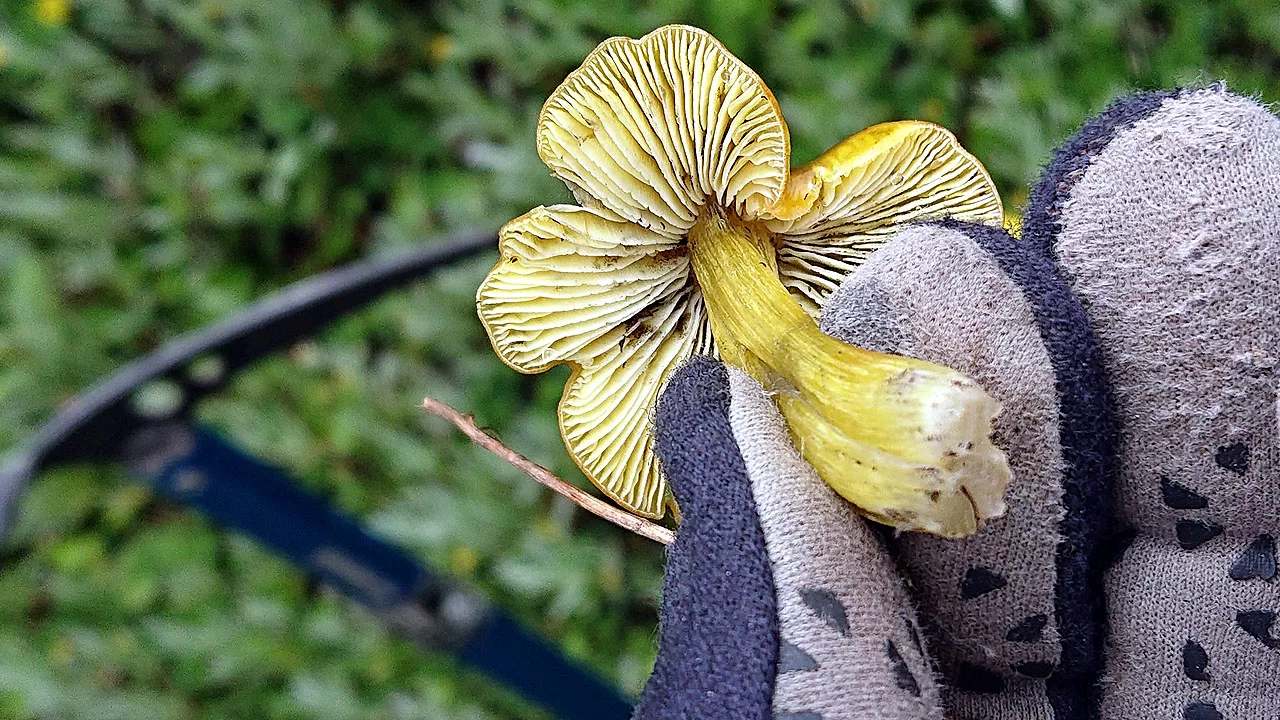Himalaya is Under Threat
Indian Himalayas
The Indian Himalayas are one of the most beautiful and diverse areas on earth, with a naturally rich and fascinating history. Yet, tourism has a wide range of detrimental effects on the local environment, human health, and livelihoods. It’s not that we’re using harsh words like “Himalaya is under threat,” but it’s the truth.
Hotspot for Tourism
The Himalayas is a hotspot for tourism, especially in the region around Kullu-Manali, where over one million people visit each year. The impacts of this tourism are wide-ranging and include littering, water pollution, and traffic congestion.

Unique Ecosystems
The Himalayas is home to a unique range of ecosystems, including subtropical broadleaf forests, moist temperate coniferous forests, and alpine meadows. The region also contains some of the world’s most important biodiversity hotspots. This region is home to some of the most spectacular mountain ranges in the world, including Mount Everest. The Himalayas also provides water for more than a billion people downstream.

Climate Change, Pollution, and Overpopulation
However, it also faces a range of threats: Climate change, pollution, and overpopulation are just some of them. Himalayan ecosystems are especially vulnerable to climate change because of their high altitude. Because they have a limited ability to adapt, any changes in temperature or rainfall can have serious consequences for the region’s wildlife and humans. India’s population is 141.7 million as of the end of 2022. India’s population has already surpassed that of China, as well as that of the rest of the globe. We all enjoy celebrations and above all right is to rejoice.
Himalaya is Under Threat
The Himalayas is under threat from a range of human activities. These include deforestation, overgrazing, mining, and tourism. Overpopulation is an issue in many rural areas of the region. The most visible effects are the pressures placed on land and water resources. The Himalayan snowpack provides water for more than a billion people downstream—so even small changes in rainfall patterns can have consequences for people living in those regions.

The Himalayas are also home to a diverse range of plant and animal species, some of which are found nowhere else. Some of which are found nowhere else. There are numerous endemic plant species in the region—including Orchids, Rhododendrons, and Sal Trees (Shorea robusta). Many of the world’s most iconic Himalayan animal species, such as Snow Leopards, Tigers, Asian Elephants, and Tibetan Antelope, are already on the verge of extinction.

The region plays a vital role in regulating global climate patterns. In addition to these pressures, climate change is also affecting the Himalayas. The region’s glaciers are receding, which will affect the availability of water for both humans and wildlife.
“It is our responsibility as responsible travelers and inhabitants to care for the environment, mountains, animals, etc. Though nature takes care of itself, we, the human race, must be mindful that we must protect nature and take care of our home, Planet Earth.”
As Carl Sagan put it, To me, it underscores our responsibility to deal more kindly and compassionately with one another and to preserve and cherish that pale blue dot, the only home we’ve ever known.”